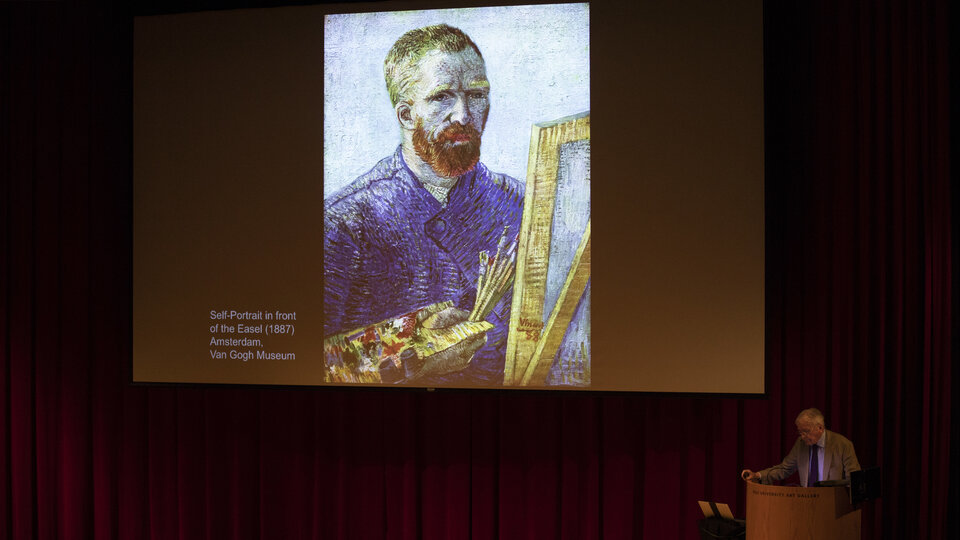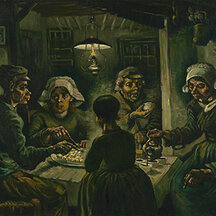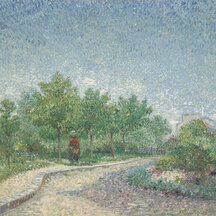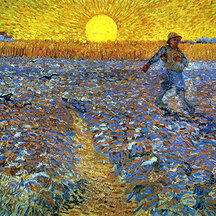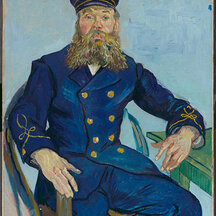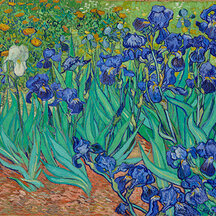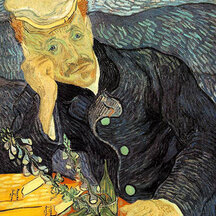Vincent van Gogh (1853–1890), the most famous European artist of the 19th century, created a body of work and lived a life that fascinate audiences everywhere. This was an artist who responded to his subjects strongly, sometimes rapturously, and found the means to translate those responses onto paper and canvas. In six lectures, John Walsh, B.A. 1961, Director Emeritus of the J. Paul Getty Museum, Los Angeles, and Visiting Professor in the Department of the History of Art, examines the ways van Gogh’s interests and abilities developed during his short but brilliant 10-year career: how he created a visual language to achieve the effects he wanted, how his intentions changed over the course of a decade, and how encounters with other artists, relocations, and spiritual crises turned him in new directions.
After an unpromising start in life—high school dropout, apprentice art dealer unsuited to the business, Calvinist lay missionary in Belgian coal mines—van Gogh committed himself to becoming a painter of Dutch peasant life. Largely self-taught, he spent five instructive years of unremitting effort in the Netherlands. He then went to Paris, where his subjects and style changed radically over his two years in the city thanks to the influence of his Post-Impressionist contemporaries. Van Gogh then moved south, to Provence, and found the conditions he needed for his artistic powers to expand and mature. Despite bouts of mental illness, he produced a vast body of work in less than three years. Though he had been seen as a fringe figure during his lifetime, his importance was recognized very quickly after his death in 1890. He soon became famous for the expressive power of his pictures and the courageous persistence he applied to his work, both of which were influential for generations of younger artists.
Walsh explores many aspects of van Gogh’s work: his Dutchness, his spiritual and artistic ideals, his unsurpassed drawing skills, his imagery, and the evolution of his distinctive painting techniques. In each lecture, Walsh singles out several works to treat with particular care, showing how they represent turning points for the artist. Van Gogh wrote frequent letters to his brother, the art dealer Théo van Gogh, and this correspondence is the main source of information about his inner thoughts and artistic intentions. A rare literary achievement in their own right, the letters figure prominently in the lectures.
Note: All lectures are held in the Robert L. McNeil, Jr., Lecture Hall. Seating is limited. Doors open one hour prior to each lecture.
Generously sponsored by the John Walsh Lecture and Education Fund and the Martin A. Ryerson Lectureship Fund.
